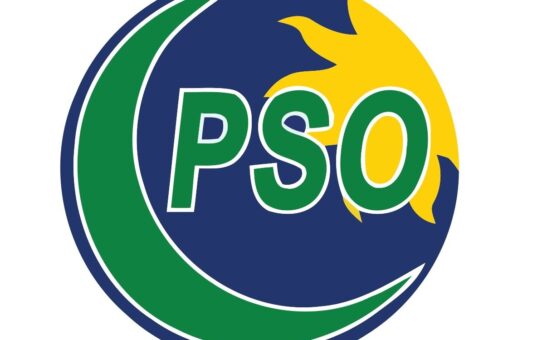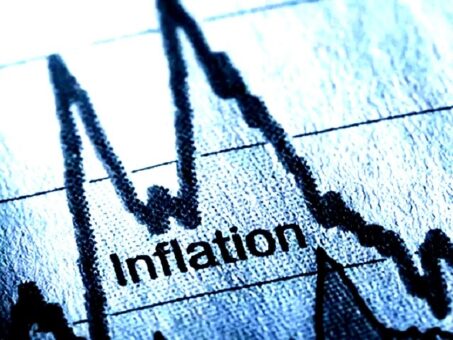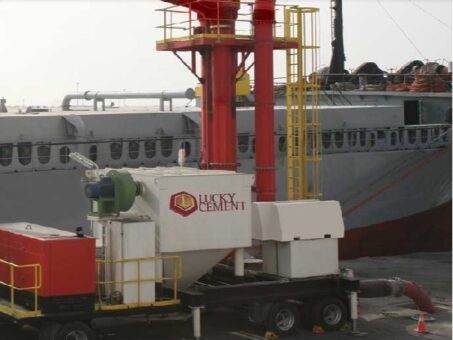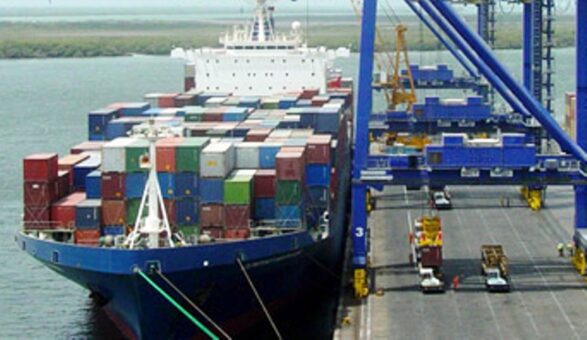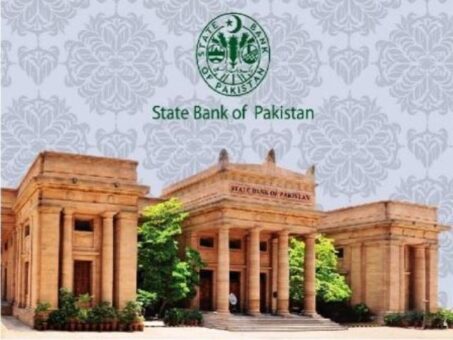ISLAMABAD: Pakistan on Thursday decided to lift the ban imposed on imported goods except for Completely Built Unit (CBU) of motor vehicles, mobile phones and home appliances.
A review meeting was held to review the ban after two months owing to serious concerns raised by major trading partners on the imposition of ban and considering the fact that the ban has impacted supply chains and domestic retail industry.
READ MORE: 15% surcharge imposed for clearance of banned items
In the light of fact that imports substantially reduced due to consistent efforts of the government, the Economic Coordination Committee of the Cabinet (ECC) decided to lift the ban on imported goods except for Auto CBU, Mobile CBU and Home Appliances CBU.
The committee also decided that all held up consignments (except items which still remain in banned category) which arrived at the ports after July 01, 2022 may be cleared subject to payment of 25 per cent surcharge.
Ministry of Commerce submitted a summary on prohibition/complete quantitative restrictions on import of non-essential and luxury items.
It was submitted that in order to curtail the rising current account deficit (CAD), ban on the import of about 33 classes/categories of goods was imposed with the approval of the Cabinet.
READ MORE: Pakistan allows release of banned items stuck up at ports
Due to the decision, the overall imports of the banned items have shrunk by over 69 per cent i.e. from $ 399.4 million to $ 123.9 million.
Recently, the ministry of commerce had imposed surcharge up to 15 per cent for clearance of consignments stuck up at ports and were banned for saving foreign exchange.
The ministry of commerce issued an office memorandum dated July 22, 2022 pursuance to the federal cabinet decision to release the consignments of prohibited items.
The government through SRO 598(I)/2022 dated May 19, 2022 imposed a complete ban on the import of luxury and non-essential items.
However, a large number of containers were stuck up at ports that were arrived after the imposition of ban.
READ MORE: KCCI demands release of stuck up containers
The Federal Cabinet on July 15, 2022 allowed the release of all those consignments/shipment which had been imported in violation of SRO 598(I)/2022 dated May 19, 2022 and were pending customs clearance.
However, this clearance was subject to condition that consignments had landed at any port including sea, air or dry port of the country on or before June 30, 2022 subject to payment of surcharge to be imposed on the cost and freight value of goods.
According to the ministry of commerce, five per cent surcharge has been imposed on the shipment which had arrived within two weeks of issuance of the SRO 598(I)/2022.
Further, 15 per cent surcharge has been imposed on shipment which had arrived after two weeks of issuance of SRO 598(I)/2022 till June 30, 2022.
Due to the ban about one thousand containers piled up and resulted in choking the ports. The stakeholders requested the government to allow the release of those consignments as many of the consignments were shipped before May 19, 2022 but lander after the date.
READ MORE: Committee recommends lifting import ban on luxury items
Previously, the Economic Coordination Committee (ECC) of the Cabinet in its meeting held on Tuesday July 5, 2022 allowed one-time release of those consignments carrying banned items and reached on or before June 30, 2022.
Ministry of Commerce submitted a summary to seek permission for one time release of those consignments of items banned on May 19, 2022 which have reached Pakistan or would reach or their payments.
In order to resolve the hardship cases, the ECC granted one-time special permission for release of consignments stuck at the ports due to contravention framed under SRO 598(I)/2022 dated May 19, 2022, only for those consignments which have landed at ports or airports in Pakistan on or before June 30, 2022.
